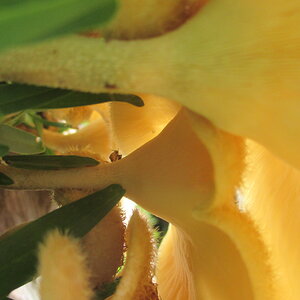victorfrankl
TPF Noob!
- Joined
- Jun 2, 2018
- Messages
- 1
- Reaction score
- 0

How to Choose the Best Golf-Rangefinder Watch
Chirkinian is back in Florida along with Bel-Air board member John Haas, financial funding from RFR Holdings and Investcorp, and a mission statement from the Clifford Roberts handbook. Chirkinian wants Emerald Dunes to become a 21st-century variant of Augusta National and Pine Valley, using a bit more political correctness. This will not be Burning Tree South. Emerald Dunes already has women members, and the bargain is, they have to hang out with the guys when they're there. There will be no cliques beneath Chirkinian's watch. "We need good men first, golfers second," he states. "I do not care if a guy is a 30-handicap as long as he's nothing but a smile on his face along with very good things to say about life. I'd rather have this than some guy who's an ass with a great deal of cash, a single-digit handicap and a chip on his shoulder. If we're going to get attitude at this bar, it is going to be mine."
https://medium.com/@topgolfrangefinder_78896/how-to-choose-the-best-golf-range-finder-acfa9fb6b4d
Memberships cost $125,000, and an annual fee of $15,000 that covers everything, including meals and drinks. Emerald Dunes has an excellent golf course but not the opulent clubhouse most high-price clubs demand today. "You don't play the clubhouse," Chirkinian says. And members love the coverage of no registering for meals, no monthly bills. "It means everybody has the exact same member number: 1 ) ."
Amy Alcott flew throughout Palm Beach just before her 50th birthday in February to celebrate with cousin Jim Karp of Louisville and play golf using restaurateur Davis Sezna in The Floridian. The LPGA Hall of Famer, who performed Sezna during a golf trip to Scotland last summer with Howard Lester of Williams-Sonoma, made five birdies at The Floridian on a Friday, and was back home in Santa Monica, Calif., and attending the Nissan Open at Riviera on Sunday. Alcott is working on a book and exploring course-design opportunities. She also has the unofficial women's course record at Bel-Air after shooting a 65 from the men's tees recently. Now, in addition to her U.S. Open decoration (1980) from the trophy case, she has her name on the wall. "I didn't win much money daily," she says. "One man in our group shot 78, and he had been a 14-handicap."
Andrew Shuck, that had been groomed under Bob Ford in Seminole and Oakmont, is the new head pro at Ocean Forest Golf Club in Sea Island, Ga.... Maria Floyd's touch is represented at the new clubhouse in husband Raymond's Old Palm Golf Club in Palm Beach Gardens, Fla.. Maria brought in Palm Beach/New York-based designer Scott Snyder, that generally does not do clubhouses. "I needed it to feel like you're walking into somebody's house, versus walking into a clubhouse," says Maria. "I knew that he could pull it off, and he did."
Click here how to choose the best laser golf rangefinder
Last edited:


 . I bought the wide angle lens because I thought it would be great to get the whole landscape in view but after photographing in Iceland, I realized I would like to be able to get a closer view of a particular element in the landscape.
. I bought the wide angle lens because I thought it would be great to get the whole landscape in view but after photographing in Iceland, I realized I would like to be able to get a closer view of a particular element in the landscape.![[No title]](/data/xfmg/thumbnail/34/34118-1c18899050bfacc1ed25ac6c1740422b.jpg?1619736288)
![[No title]](/data/xfmg/thumbnail/39/39183-f229dae0963376879140c9959e33f935.jpg?1619738903)
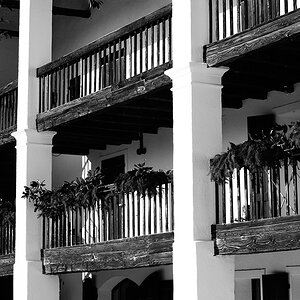
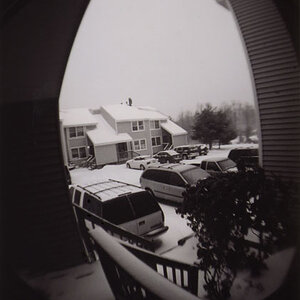
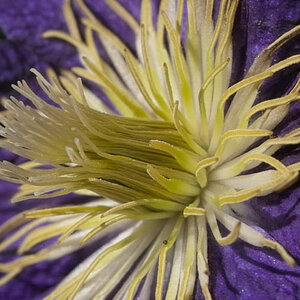

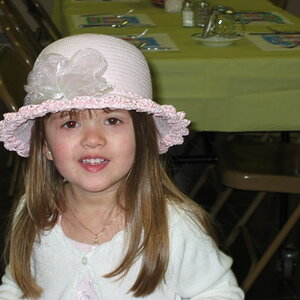
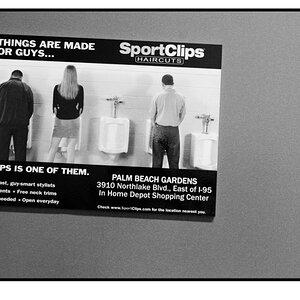
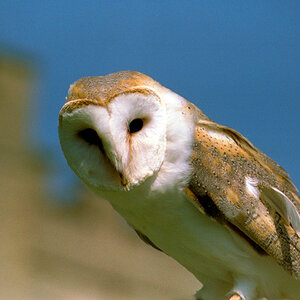
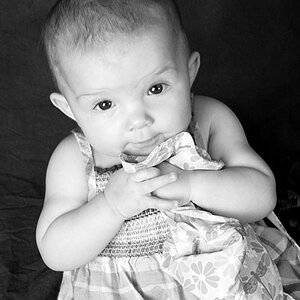
![[No title]](/data/xfmg/thumbnail/37/37603-739c5d9b541a083a12f2f30e45ca2b7b.jpg?1619738147)
